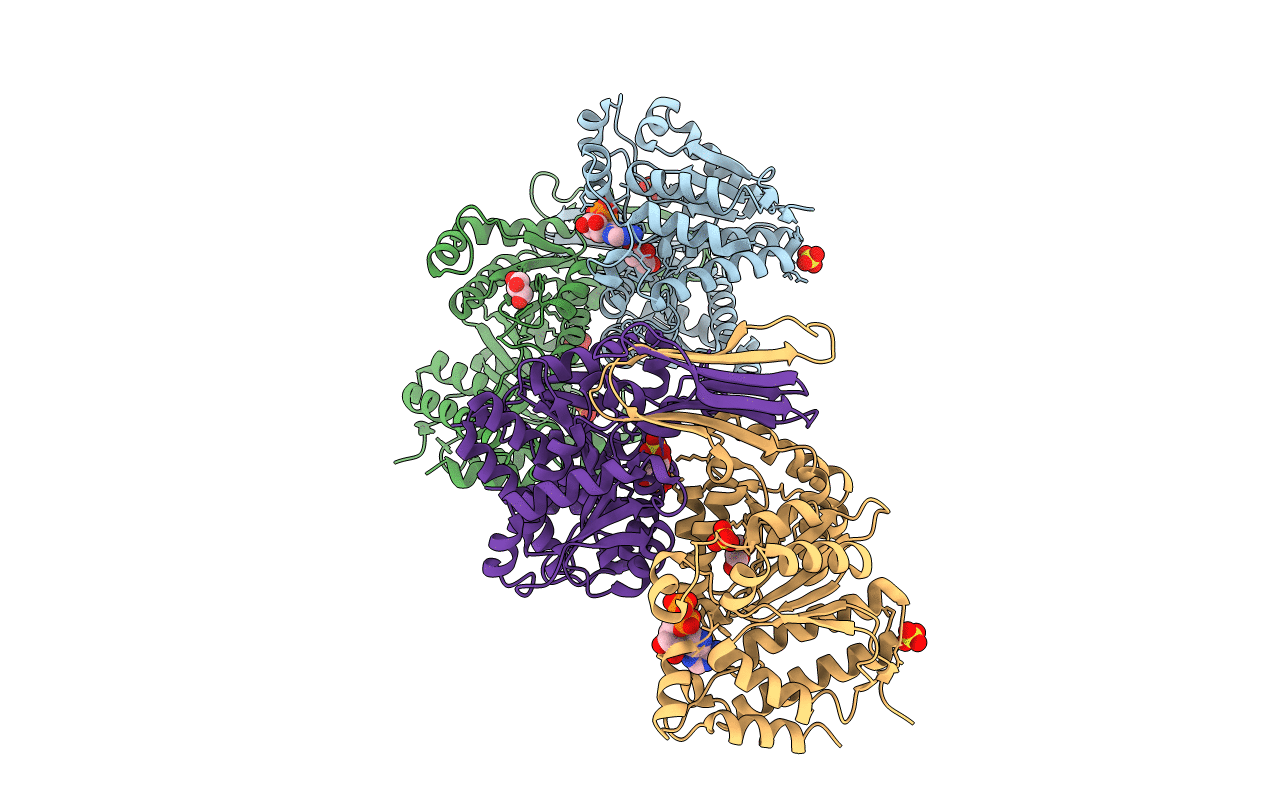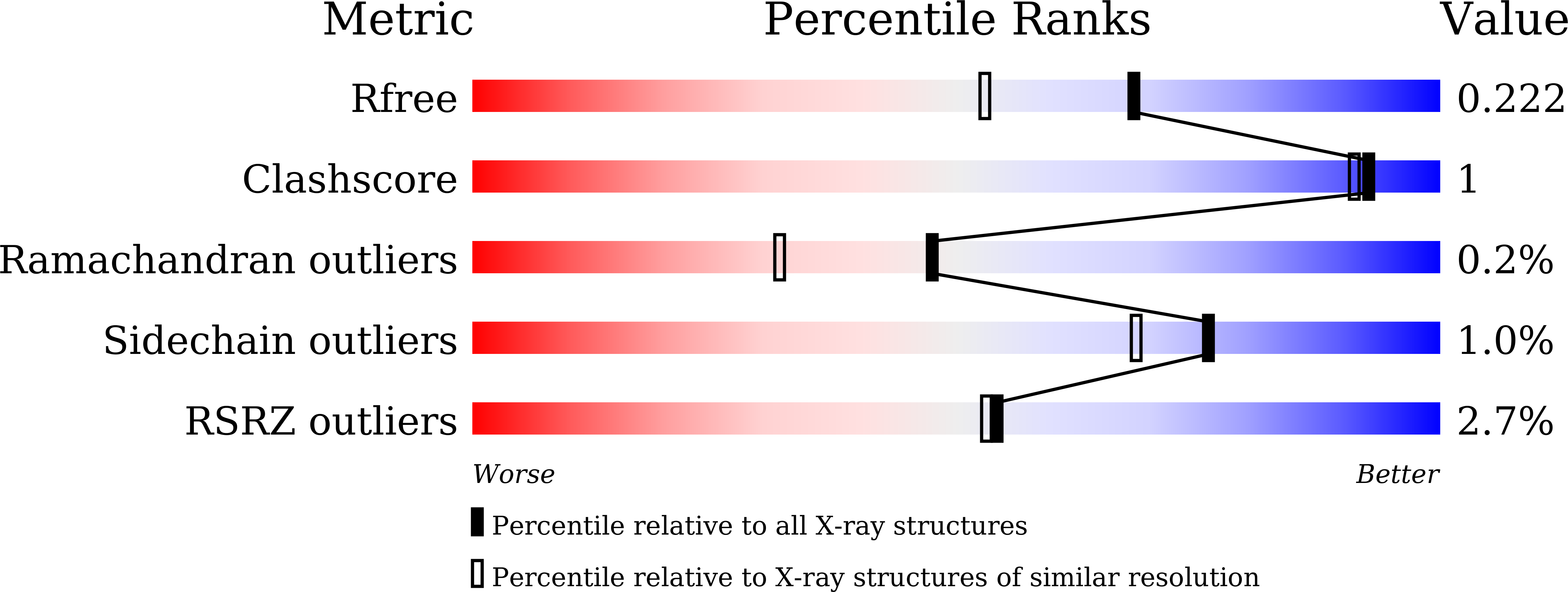
Deposition Date
2018-12-12
Release Date
2019-12-18
Last Version Date
2024-03-27
Entry Detail
PDB ID:
6IXT
Keywords:
Title:
Crystal structure of isocitrate dehydrogenase from Ostreococcus tauri in complex with NAD+ and Mg2+
Biological Source:
Source Organism:
Ostreococcus tauri (Taxon ID: 70448)
Host Organism:
Method Details:
Experimental Method:
Resolution:
1.78 Å
R-Value Free:
0.21
R-Value Work:
0.19
R-Value Observed:
0.19
Space Group:
P 1


